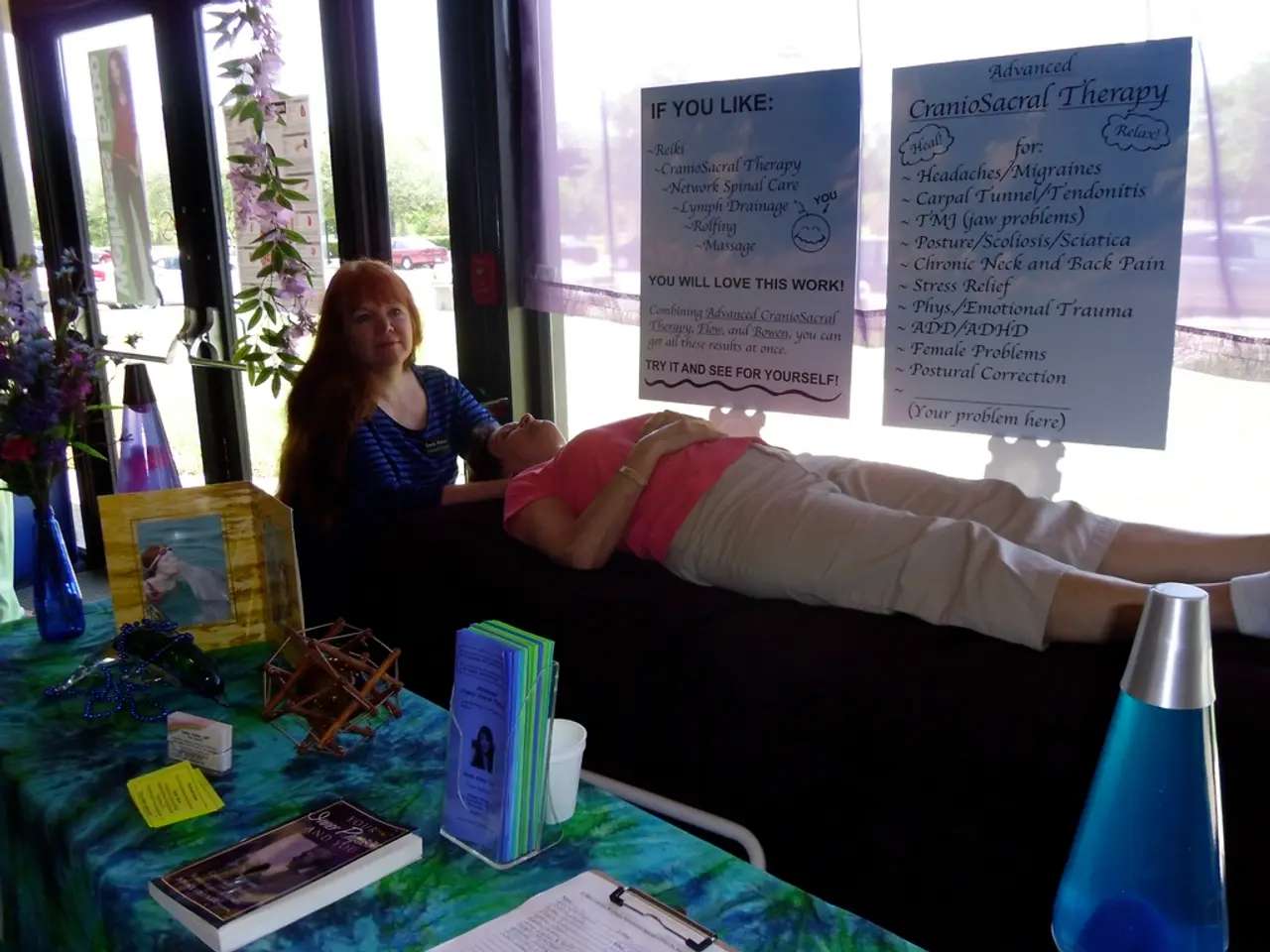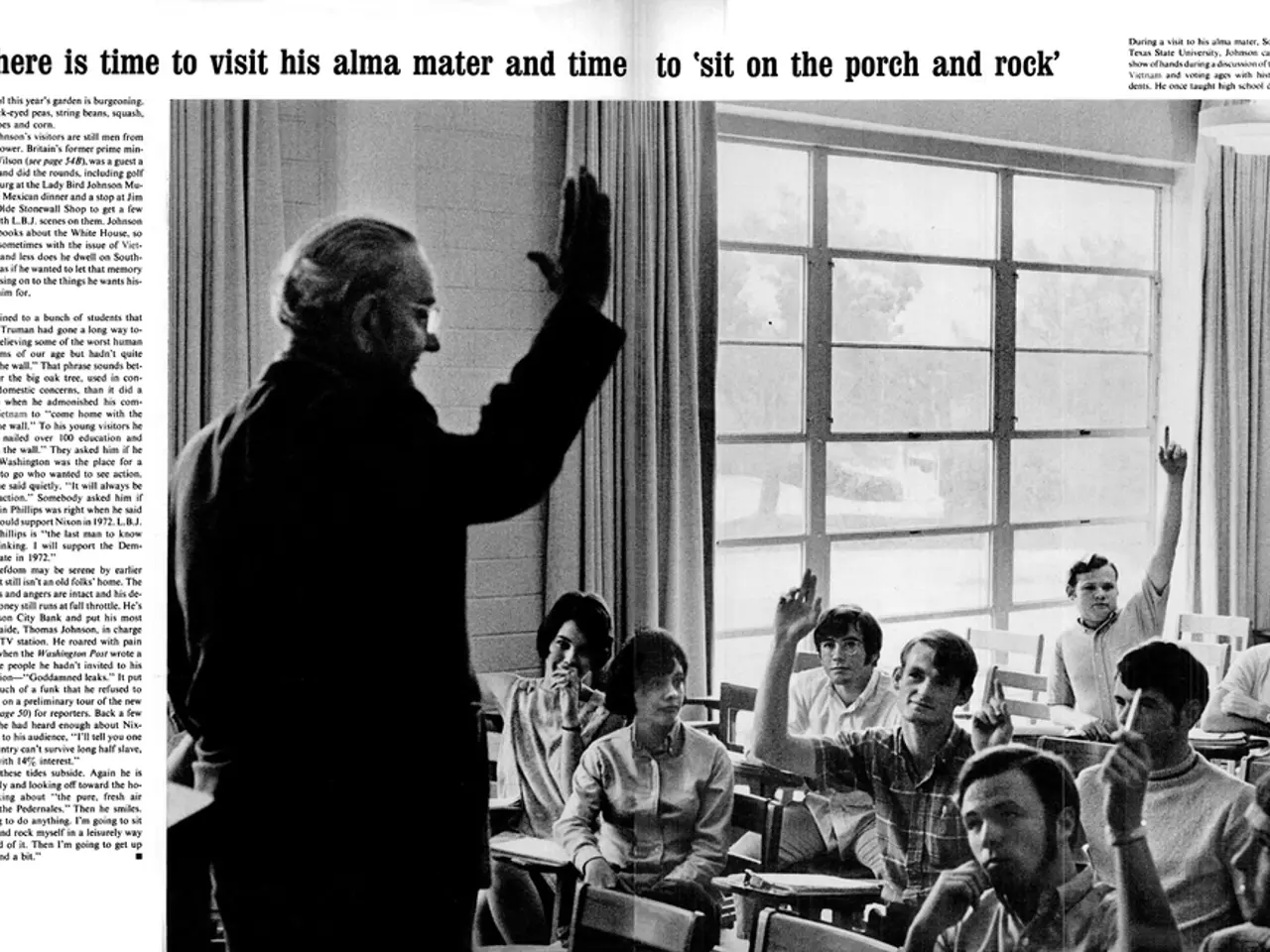Recognizing Anosognosia: Meanings, Triggers, and Offering Assistance
Anosognosia, a neurological condition characterised by a lack of insight or awareness of one's own mental health condition, poses significant challenges in the treatment and management of disorders such as schizophrenia, bipolar disorder, dementia, and Alzheimer's disease.
This lack of insight often means affected individuals do not recognise or accept that they are ill, leading to resistance or refusal to seek or continue treatment. As a result, anosognosia contributes to poor treatment adherence, delayed intervention, and greater chronicity of symptoms.
For instance, in schizophrenia, about 50% to 80% of patients show partial or total anosognosia, severely impairing their engagement with medication and therapy. This can lead to worsening symptoms, more frequent hospitalizations, increased risk of homelessness, incarceration, and even premature death if untreated.
In conditions like bipolar disorder and dementia (including Alzheimer's), anosognosia similarly undermines management by obstructing early diagnosis and consistent care. In dementia and Alzheimer's disease, patients may be unaware of cognitive decline, making it difficult for caregivers and clinicians to implement effective support and safety measures.
Addressing anosognosia requires comprehensive, often multidisciplinary intervention strategies. Early intervention is crucial to prevent symptoms from becoming more entrenched and resistant to treatment. Specialized psychotherapy, medications, and family support programs tailored to address poor insight and improve engagement are essential. In some cases, involuntary treatment or hospitalization may be necessary, especially if the person poses a danger to themselves or others due to untreated symptoms.
Anosognosia may affect up to 90% of people with schizophrenia and 40% of people with bipolar disorder. It increases the risk of severe consequences from a mental health condition, such as homelessness, arrest or incarceration, violence or danger to others, and suicide.
In cases where the person has a slight awareness of the illness, they may blame it on others or external factors. Some may completely deny the mental health condition. A doctor may carry out a mental status examination to assess insight, involving grading responses using medical rating systems.
The vestibular system, which provides the brain with information to create a sense of balance and helps with cognitive function, is being explored as a potential treatment method for anosognosia. Vestibular stimulation may involve attaching electrodes to the skull behind the ears or using a vestibular implant to stimulate the vestibular system.
Everyday tasks can become more difficult for those with anosognosia, and people may need to take measures to ensure safety in the home and simplify everyday tasks to support them. Understanding and learning about anosognosia and the potential risks can help people better support those with the condition.
People with anosognosia may express anger or frustration to those around them who are aware of their illness. In severe cases, involuntary treatment may be required when it is legally acceptable. Cognitive therapy may be a long-term treatment option to help people with anosognosia gain insight into their condition and learn to manage symptoms.
Maintaining a patient and positive attitude, showing empathy, listening, expressing concern and understanding where appropriate, and providing a structured environment can be beneficial approaches to supporting those with anosognosia. It is crucial to remember that those with anosognosia are not intentionally ignoring their condition but are affected by a neurological disorder.
In conclusion, anosognosia acts as a major barrier to effective treatment across various mental health disorders by reducing patients’ insight and cooperation. Addressing it requires a holistic approach that involves early intervention, specialized treatment, family support, and legal measures when necessary. Understanding and supporting those with anosognosia is crucial in improving their quality of life and outcomes.
- Anosognosia, a neurological condition that impairs a person's awareness of their mental health condition, is prevalent in disorders such as schizophrenia, bipolar disorder, dementia, and Alzheimer's disease, affecting up to 90% of people with schizophrenia and 40% of people with bipolar disorder.
- This lack of insight often leads to resistance or refusal to seek or continue treatment, contributing to poor treatment adherence, delayed intervention, and greater chronicity of symptoms in mental health conditions like schizophrenia, bipolar disorder, dementia, and Alzheimer's disease.
- In the health and wellness field, addressing anosognosia requires comprehensive, often multidisciplinary intervention strategies, including specialized psychotherapy, medications, family support programs, and in some cases, involuntary treatment or hospitalization.
- The vestibular system, which helps with cognitive function, is being explored as a potential treatment method for anosognosia, with vestibular stimulation methods such as attaching electrodes to the skull behind the ears or using a vestibular implant to stimulate the vestibular system.
- Everyday tasks can become more difficult for those with anosognosia, and people may need to take measures to ensure safety in the home and simplify everyday tasks to support them.
- In supporting those with anosognosia, it is crucial to remember that those with the condition are affected by a neurological disorder, and maintaining a patient and positive attitude, showing empathy, listening, expressing concern and understanding where appropriate, and providing a structured environment can be beneficial approaches.




